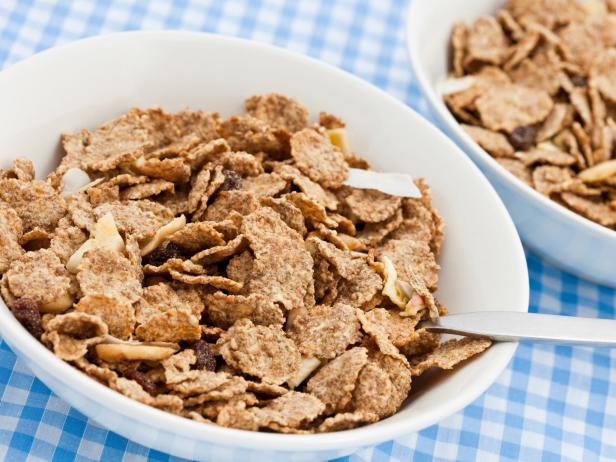Glycemic Index 101

Robert Anthony
You’ve most likely heard of it, but do you really know what it’s all about? Get some education about what the glycemic index is and if you can use it to help make better dietary choices.
The glycemic index (GI) is an old-school tool in the nutrition world. Basically, it’s a scale used to measure how quickly blood sugar goes up after a particular food has been digested. The scale is organized from 0 to 100, with quickly digested foods scoring highest. The GI of a particular food can be affected by numerous factors including how much fiber it contains. Since foods with more fiber take longer to break down, they will have a lower GI.
The GI was established back in the early 1980s. Despite its age, it’s still used very commonly as the foundation for diets and meal planning for weight loss, heart heath and diabetes.
There is certainly something to be said for slow-digesting, low GI foods. Since they take longer to break down, they help keep blood sugar levels more stable and hunger levels in check.
A 2012 study published in the Journal of the American Medical Association found that subjects who followed a low GI diet showed increased amounts of weight loss and calories expended compared to those on a low-carb diet.
One of the biggest issues with the GI is its “black and white” reputation. Fans of the GI often explain that all high GI foods are “bad” while all low GI foods are “good.”This isn't always the case as you can see with these examples:
To make things even more complicated, the GI is based on the blood sugar effect of single foods by themselves. When combined with other foods, digestion and blood sugar response is altered. For example, eating a slice of bread with peanut butter on it will be digested differently than eating just the bread alone. Another tricky factor is the natural variation that exists in foods. The ripeness of fruit or how thoroughly pasta is cooked will change the GI.
Bottom Line: Being familiar with the GI and how it’s used can be valuable to healthy eaters but it shouldn’t be considered a make or break factor for making healthy choices.

































